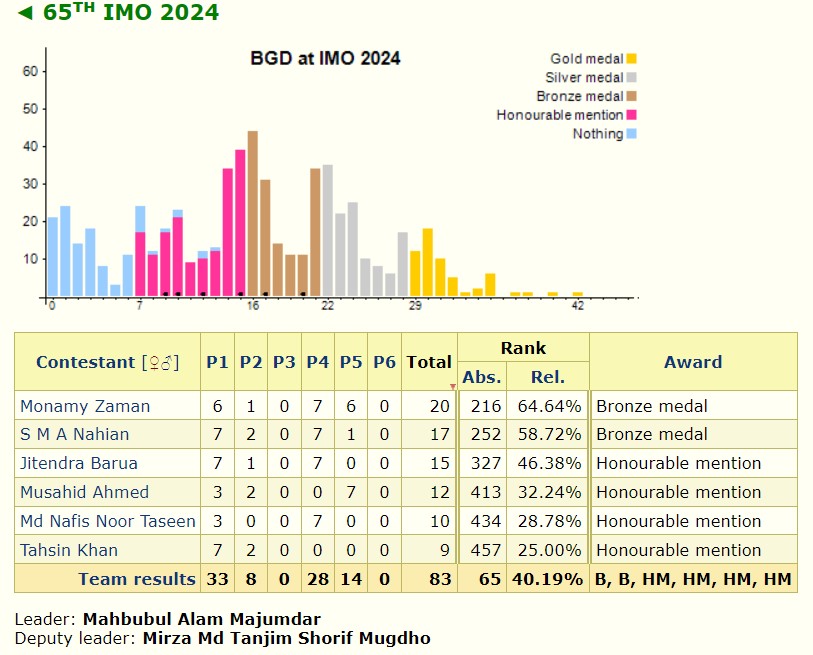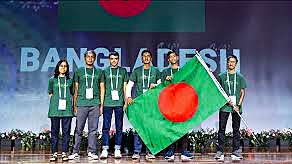The International Mathematical Olympiad (IMO) is the world’s premier mathematics competition for high school students. Established in 1959 in Romania, the IMO has become an annual event where students from over 100 countries showcase their problem-solving skills in advanced mathematics. The goal of the IMO is to inspire young mathematicians, promote international cooperation, and recognize exceptional mathematical talents.
Organization of the IMO:
- How and When: The IMO is organized each year, hosted by a different country. Each participating country sends a team of up to six students, accompanied by coaches and team leaders. The competition spans two days, typically in July.
- Format: Students are presented with six problems over two days, with three problems per day. They have 4.5 hours each day to solve them. The problems come from four broad areas: algebra, combinatorics, geometry, and number theory, and they are known for being extremely challenging, often requiring deep insight and creative approaches.
Participants:
- Who can participate? The participants are high school students selected through national mathematical olympiads held in their respective countries. Teams typically consist of the best-performing students in those competitions, and each country has its own selection process.
- Participant Age and Eligibility: There is generally no age restriction, though participants are usually high school students. A student can compete in multiple IMOs, as long as they haven’t enrolled in university.
Medals and Achievements:
- Medals: Based on individual scores, participants are awarded gold, silver, and bronze medals. Around half of the competitors receive medals, with the top 10% earning gold, the next 20% earning silver, and the next 30% earning bronze. There are also honorable mentions for students who solve at least one problem perfectly.
- Achievement: Winning a medal in the IMO is highly prestigious. Many IMO medalists go on to have successful careers in mathematics, computer science, and other related fields. The IMO medal is not just a recognition of academic talent, but a symbol of problem-solving ability, persistence, and creativity.

Summary
The IMO is an annual competition that brings together the brightest young mathematical minds from around the world. Participants solve complex and challenging problems, often requiring advanced techniques beyond the typical high school curriculum. The competition fosters international camaraderie among students and serves as a platform for future leaders in the mathematical sciences. Medals and other distinctions achieved in the IMO are highly regarded, and many past participants have gone on to become renowned mathematicians, academics, and scientists.





